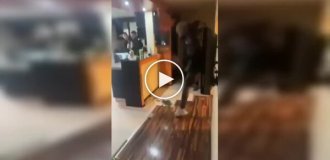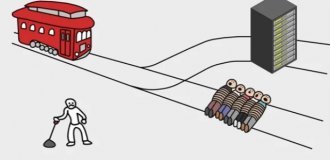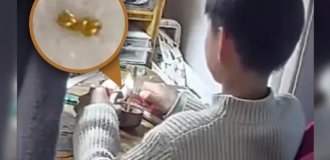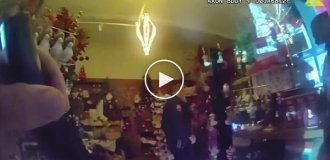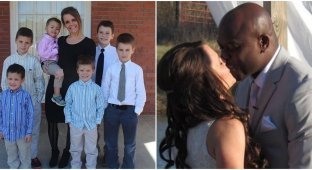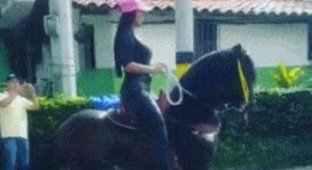Michael Malloy: a man who loved life very much (12 photos)
Murder requires a fair amount of meanness and a healthy dose of chutzpah. But Tony Marino, Joseph "Red" Murphy, Francis Pasqua, Harry Green, and Daniel Kriesberg had both in spades. On a cold winter's night in 1933, they gathered in a seedy New York City bar and hatched a master plan. 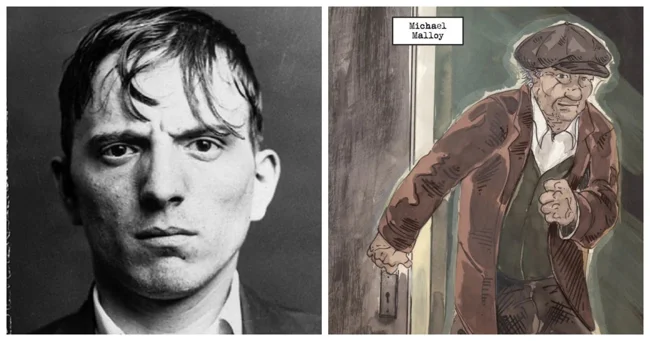
It was the Great Depression, and these small-time crooks were barely making ends meet. Tony ran a speakeasy, a hole between a tent shop and a brick wall. By day, the place looked deserted, but at night, the shadows of New York's underground filled it, looking for a drink. 
The Murder Fund (clockwise from top left): Daniel Kriesberg, Joseph Murphy, Frank Pasqua, and Tony Marino
But not everyone paid. Some would pay their debts on parole and then "forget." The main debtor was Michael Malloy, an elderly Irishman who came to America to pursue a dream, but found only poverty and constant drunkenness.
He used to work as a fireman, but after the stock market crash he cleaned alleys and dug through garbage. And at night he would hang out in Marino's bar and get drunk on cheap alcohol until he passed out. The newspapers wrote that he was "a wreck in the stormy stream of underground life, a vagabond vegetating in a perpetual frenzy." 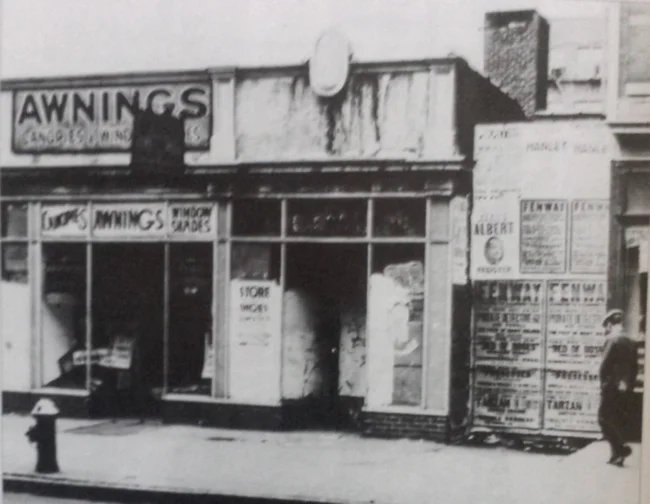
Tony Marino's speakeasy window, 1933
That night, while Malloy snored in the corner, the five crooks discussed hard times. They needed easy money. After a few drinks, they hatched a monstrous plan: take out insurance on a beggar, name themselves as the beneficiaries, then kill him and collect the payout. 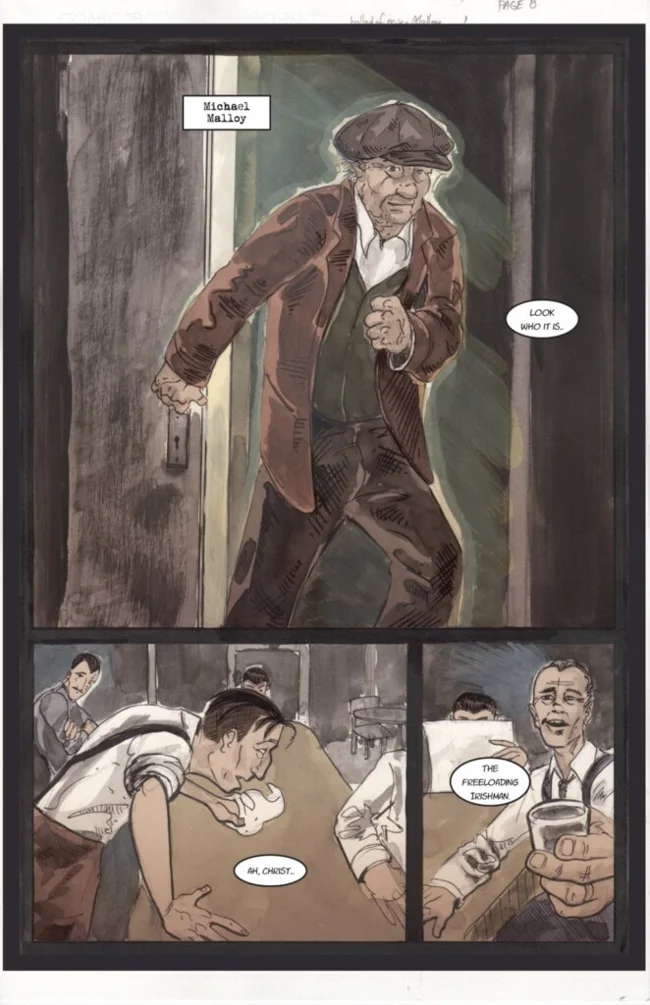
Marino had already pulled this off a year ago: he befriended a homeless woman, took out an insurance policy in her name, and then got her drunk in the freezing cold and left her naked by the open window. Doctors declared it an accident, and Tony received $2,000.
Now they needed a new candidate - one without family, friends, or a chance at life. Malloy was the perfect target.
Unkillable 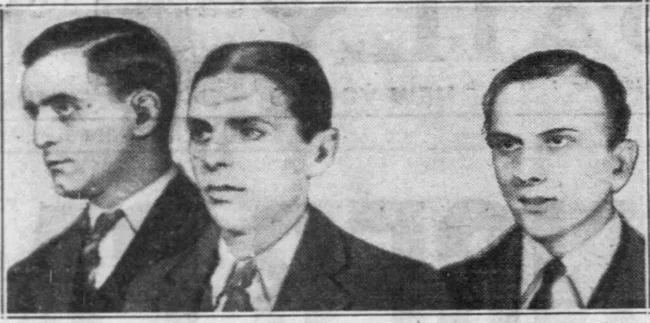
From left to right: Dan Kriesberg, Joseph "Red" Murphy and Anthony "Tony" Marino
The crooks began to regularly get the old man drunk and persuaded him to sign a "petition" (in reality, three insurance policies for $3,500, about $70,000 today). The plan was simple: Malloy looked seventy, was half-dead - let him drink to death.
But the Irishman turned out to be a tough nut to crack. Every night he drank a sea of alcohol, and then returned as if nothing had happened. 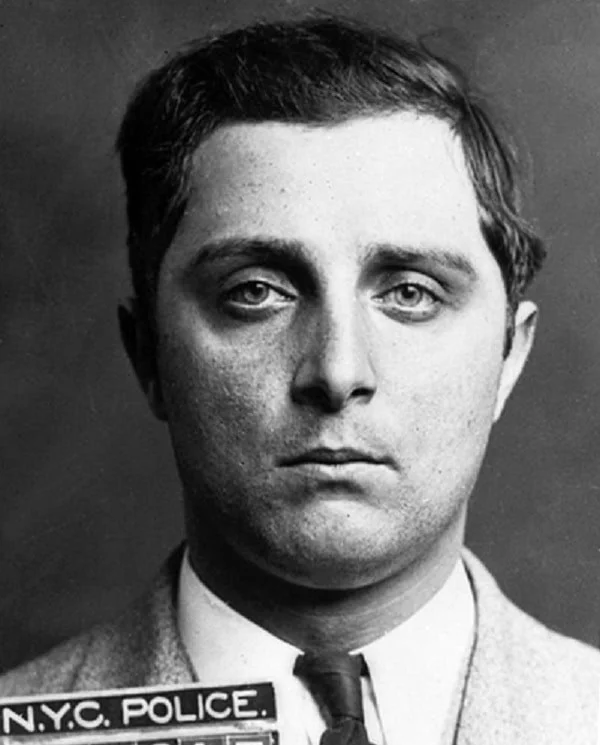
Frank Pasqua
Then Marino started putting antifreeze in his shots. No effect. Then turpentine. Then horse liniment. Then rat poison. Malloy wasn't just surviving, he was getting better.
In desperation, the gang fed him rotten oysters in methanol (Pasqua had seen one man die from the cocktail). Then a sandwich with poisonous sardines and nails. Malloy only gained weight.
The Last Act 
Tony Marino
The thugs decided to act in a tried and true way: freeze him. They waited until Malloy passed out, dragged him out into the cold and doused him with ice water. But a few hours later he crawled back - half-dead, but alive. 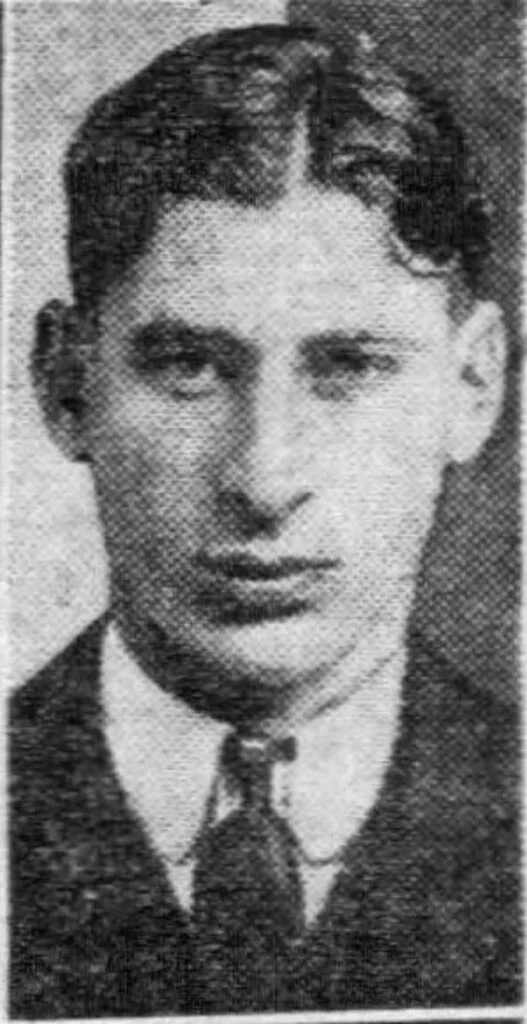
Harry Green
Then the bandits hired a taxi driver to run him over. Malloy broke his ribs, but returned to the bar a week later.
On February 22, 1933, the bandits surrendered. They shoved a hose into the unfortunate man's mouth and turned on the gas. Five minutes later, Malloy was dead.
Denouement 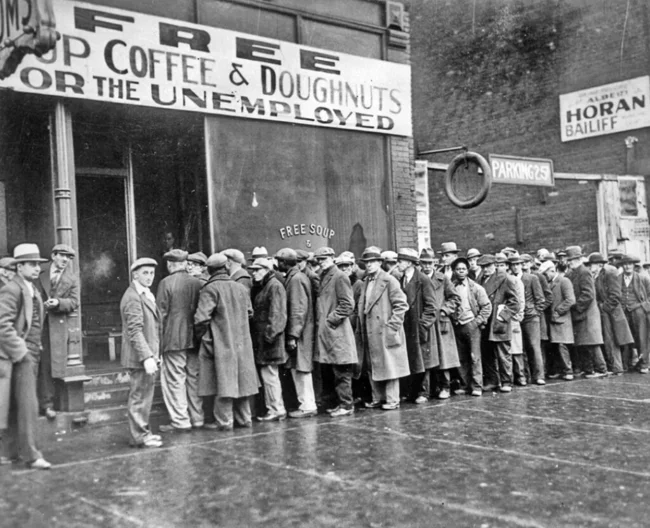
Unemployed men stand in line at a soup kitchen during the Great Depression
The killers paid a doctor to diagnose pneumonia and quickly buried the poor man. But rumors of the "unkillable Malloy" reached the police. 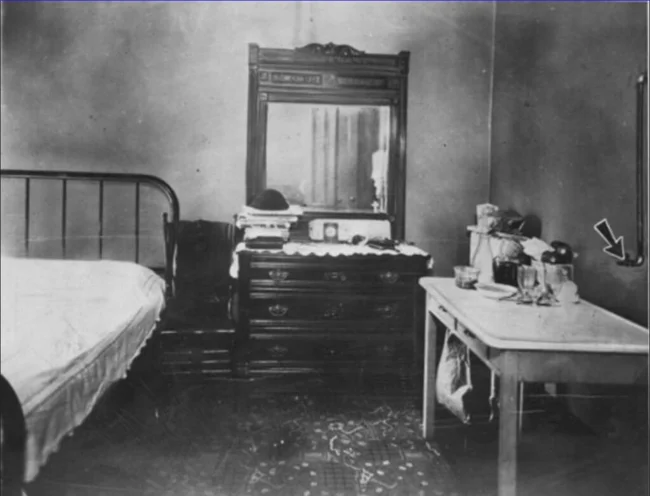
The crime scene is the room where the conspirators killed Michael Malloy, and the gas vent to which they connected the hose they shoved into their victim's mouth.
The body was exhumed and found to contain a lethal dose of carbon monoxide, which persists in the blood. Under pressure, the taxi driver and the doctor cracked. 
A reporter in the courtroom allowed himself to make a sarcastic comment in the Daily Mirror: “It seemed as if Malloy himself was invisibly present in the Bronx court during the trial, his ghost grinning.” All the members of the “Murder Fund” except Green, who went to prison, were sent to the electric chair. Where, unlike their victim, they died on the first try. 
A check for $800 from an insurance company was the only money the killers managed to get


